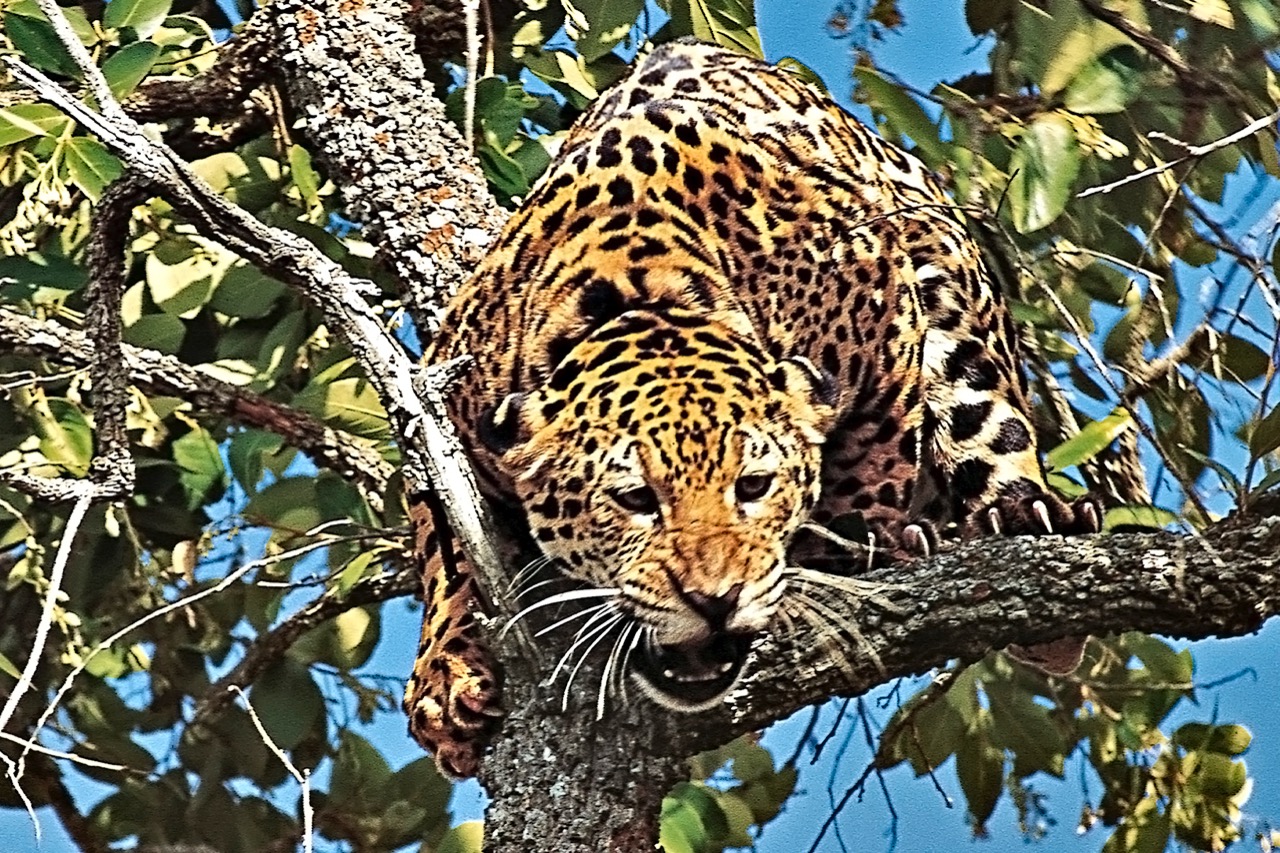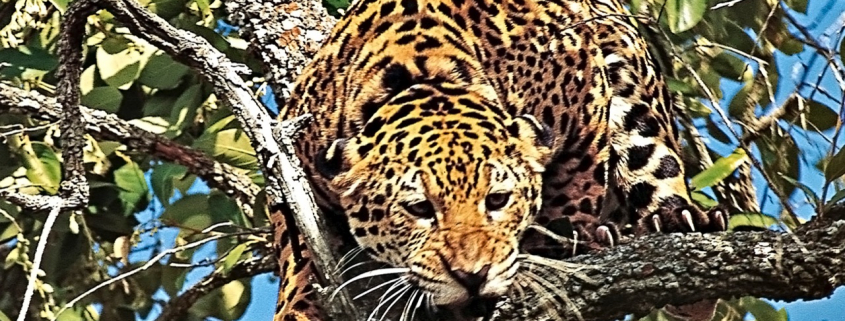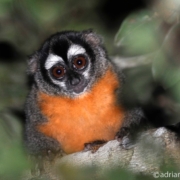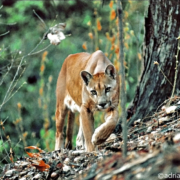You never forget your first jaguar

Jaguar at the Emas National Park, Goiás state, Brazil. Photo: Adriano Gambarini
Adriano Gambarini
The year was 2000. I was already part of the Instituto Pró-Carnívoros, a pioneering institution in the study of Brazilian neotropical carnivores. At that time, little was known about jaguars, despite the work of two great naturalists, George Schaller and Peter Crawshaw, and a wave of young researchers who delved into the forests of Foz do Iguaçu or the flooded fields of the Pantanal.
That’s when I received the invitation to participate in a jaguar capture in the confines of Central Brazil, with a small team of biologists, a veterinarian and two former hunters who contributed with their knowledge to capture this, which is the largest feline in the Americas. Coincidentally, the National Geographic magazine was starting its activities in Brazil, and so I offered an article about this capture in which the focus would be the placement of a necklace with a radio-telemetry device and biological study of the species.
Twelve rolls of film in my backpack, two mechanical cameras and off I went in search of accurate shots. More than that, actually. My desire to see a wild jaguar transcended the photographic commitment and transited in my greater purpose, which is to observe nature, learn from it, understand the dynamics of evolution that governs this world.
Unlike today, where big cats are captured using a snare trap technique, at that time hunting dogs were used to track jaguars and run wild across the fields. And the former hunters chasing the dogs and us chasing after all that! Needless to say, the adrenaline that ran through us, the tiredness being ignored during the days, the risks inherent in an activity that didn’t allow for carelessness or inattention.
Obviously, as the jaguar is a top predator, extremely adapted to that environment, there were many times over the days when it simply lost sight of the dogs, which returned tired and thirsty to their owners. And we’d all go back to the barracks for a short rest of three or four hours. Until dawn of the next day. We even crossed a river three times in zigzags; a way that the jaguar found to try to get its own scent lost and thus escape from the dogs.
On the fifth day, when we were in an area of tall grass, trying to walk with difficulty towards the barking that echoed closer and closer, when the physical exhaustion was already evident in the team and the stressed mind betrayed us at all times with negative thoughts, we heard the cry of one of the former hunters: “It is here, it is here!” Running as best as I could, I completely forgot about the weight of the equipment until I got close to the veterinarian Ronaldo Morato. The chest-high grass made it difficult to see and increased anxiety. I imagined the jaguar there, untouched a few meters from us, stressed by the dogs that ran in circles and barked compulsively. That’s when someone looked up; there it was, camouflaged in the canopy of a slender tree. There it was, tired, trying to lose a group of ten dogs trained for hunting activity and that, let’s face it, makes no sense. But to my consolation, the purpose there was noble.
There it was, imposing and worthy of being what it is. And there I was, watching its precise movements on top of thin branches, and with a camera in my hand, compulsively shooting the thirty-six poses of a single film.
And today, 22 years later, thousands of photographs and videos, with two books published on the species, dozens of articles in magazines and documentaries produced for environmental institutes, I confess that I never get tired of looking at this, which is the first photo of the first jaguar that I had the honor of seeing. A moment that never left my memory. And that I feel honored to have lived.

 Adriano Gambarini
Adriano Gambarini Adriano Gambarini
Adriano Gambarini  Adriano Gambarini
Adriano Gambarini
Leave a comment